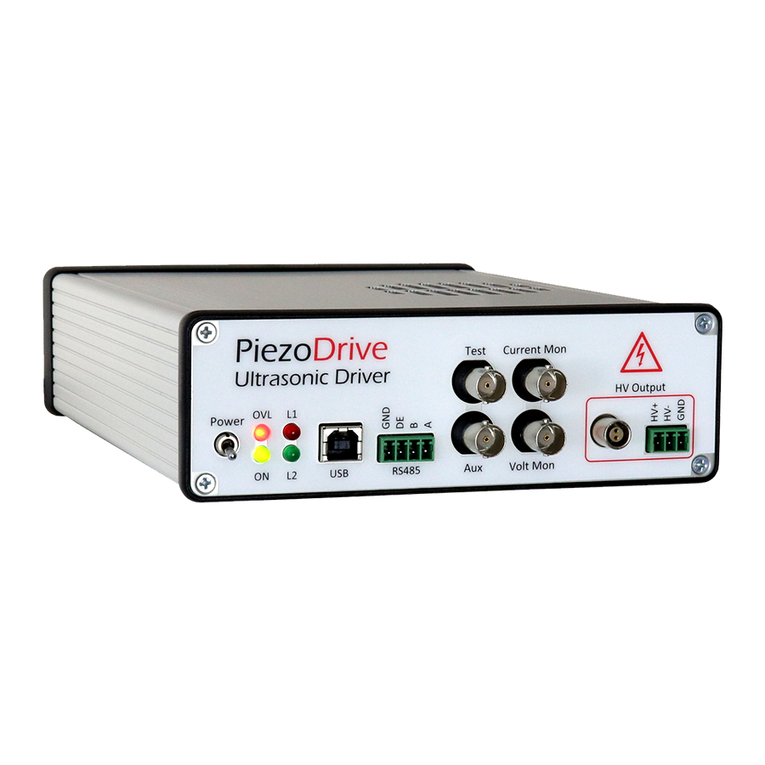PX200 V5 Manual 2 13/05/2022
Contents
1Introduction .................................................................................................................................. 3
2Warnings / Notes........................................................................................................................... 3
3Output Voltage Ranges.................................................................................................................. 4
4Output Current.............................................................................................................................. 5
5Power Bandwidth.......................................................................................................................... 5
6Pulse Current Option..................................................................................................................... 7
7Specifications ................................................................................................................................ 8
8Small Signal Bandwidth ................................................................................................................. 9
9Noise ........................................................................................................................................... 10
10 Front Panel ............................................................................................................................... 11
11 Signal Path................................................................................................................................ 12
12 Voltage Limits ........................................................................................................................... 13
13 Bias Outputs and Piezo Benders ............................................................................................... 13
14 Overload and Shutdown ........................................................................................................... 13
15 Bridged Mode........................................................................................................................... 15
16 Rack Mounting.......................................................................................................................... 16
17 Delivery Contents ..................................................................................................................... 16
18 Warranty .................................................................................................................................. 16




































